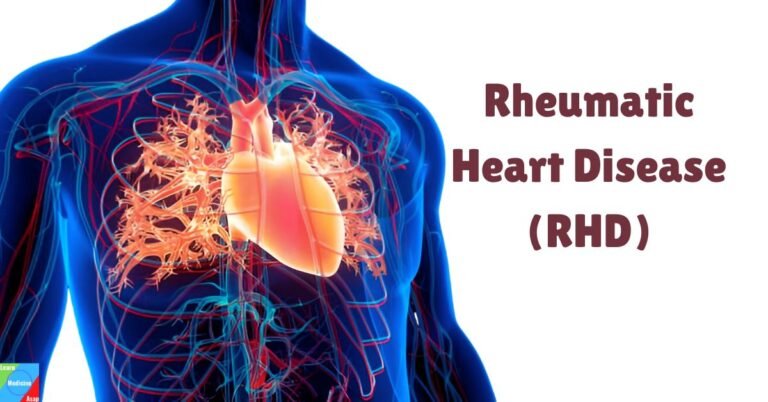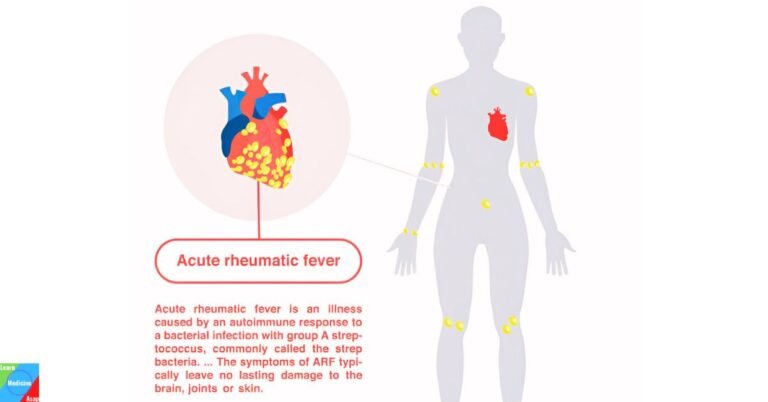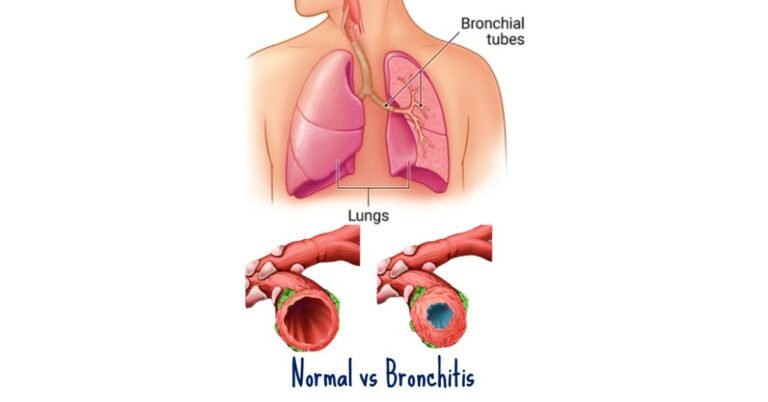Generic names: Paromomycin
Brand names: Humatin
Drug class: Aminoglycosides antibiotics, Amebicides
Uses | Mechanism of Action | Side Effects | Dosage | Precautions | Interactions | Overdose | Takeaway | FAQs
What is paromomycin?
Paromomycin is an antibiotic medication that belongs to a class of drugs known as aminoglycosides. It is primarily used to treat various types of bacterial infections, particularly those caused by certain strains of gram-negative bacteria. This medication is a valuable tool in the medical field for combating a range of infections, and it has been particularly useful in treating parasitic infections, such as visceral leishmaniasis.
What is paromomycin used for?
Paromomycin is an antibiotic medication with several important medical applications. It belongs to the class of drugs known as aminoglycosides and is primarily used to combat bacterial infections. This versatile medication has several key uses, which are detailed below:
Visceral leishmaniasis
One of the primary and most significant applications of paromomycin is in the treatment of visceral leishmaniasis. This is a parasitic disease caused by protozoa of the Leishmania genus. Visceral leishmaniasis, also known as kala-azar, primarily affects the internal organs such as the spleen, liver, and bone marrow. Paromomycin is particularly effective in treating this condition. It works by targeting and eliminating the parasites responsible for the disease.
Bacterial infections
Paromomycin is occasionally used in the treatment of certain bacterial infections, particularly when other antibiotics are ineffective or when the bacteria are susceptible to this specific drug. It is primarily used against gram-negative bacteria, including Escherichia coli and Salmonella species, among others.
Intestinal amoebiasis
Paromomycin can also be used to treat intestinal infections caused by the protozoan parasite Entamoeba histolytica. This parasite can lead to conditions like amoebic dysentery and liver abscesses. Paromomycin is sometimes used in combination with other medications to treat these infections.
Topical use
In certain cases, paromomycin can be applied topically to the skin to treat localized bacterial or parasitic infections. It can be found in topical creams or ointments for this purpose.
Giardiasis
Paromomycin can be used to treat giardiasis, an intestinal infection caused by the parasite Giardia lamblia. Giardiasis is characterized by symptoms such as diarrhea, abdominal pain, and bloating. In the treatment of giardiasis, paromomycin is often administered orally. Paromomycin is considered an effective treatment option for giardiasis and is particularly useful when other medications may not be suitable or available.
What is the mechanism of action of paromomycin?
The mechanism of action of paromomycin is primarily related to its ability to inhibit protein synthesis in bacteria and certain parasites. This antibiotic is part of the aminoglycoside class of drugs, and its mechanism of action involves several key steps:
- Binding to the ribosome: Paromomycin exerts its effects by binding to the bacterial ribosome. Ribosomes are cellular structures responsible for protein synthesis, and they consist of two subunits, the small ribosomal subunit (30S) and the large ribosomal subunit (50S). Paromomycin predominantly binds to the 30S subunit.
- Interference with mRNA reading: When paromomycin binds to the 30S subunit of the ribosome, it disrupts the normal functioning of this cellular machinery. Specifically, it interferes with the decoding of messenger RNA (mRNA) by the ribosome. mRNA carries the genetic code from the DNA to the ribosome, where it is translated into a specific protein. Paromomycin disrupts the accurate reading of the genetic code on the mRNA.
- Amino acid insertion errors: As a result of paromomycin’s binding, the ribosome is more likely to incorporate the wrong amino acids into the growing protein chain. This leads to the synthesis of defective or nonfunctional proteins. The inaccurate incorporation of amino acids interferes with the normal functioning of the cell and ultimately causes damage to the bacterium or parasite.
- Halt in protein synthesis: Over time, the cumulative effect of the errors in protein synthesis caused by paromomycin leads to a significant disruption of essential cellular processes. As the bacterium or parasite cannot produce vital proteins accurately, it is unable to carry out necessary functions for growth and replication.
- Cell death: The combination of disrupted protein synthesis and the accumulation of defective proteins leads to cellular stress and ultimately cell death. In bacterial infections, this is a fundamental part of the antibiotic’s bactericidal effect, which kills the bacteria.
What are the side effects of paromomycin?
Paromomycin, like many medications, can have side effects. These side effects may vary in severity from person to person and depend on factors such as the dosage, duration of treatment, and individual sensitivity to the drug. It’s crucial to discuss potential side effects with your healthcare provider when prescribed paromomycin.
Common side effects:
- Gastrointestinal upset: One of the most common side effects of paromomycin is gastrointestinal discomfort, including nausea, vomiting, abdominal pain, and diarrhea. These symptoms are often mild and may subside as the body adjusts to the medication. Taking paromomycin with food can help reduce these side effects.
- Flatulence (Gas): Some individuals may experience increased gas production while taking paromomycin. This can be uncomfortable but is generally not considered a serious side effect.
- Loss of appetite: A decrease in appetite may occur while taking this medication. This can lead to weight loss if the effect is prolonged.
- Allergic reactions: Although uncommon, some individuals may experience an allergic reaction to paromomycin, characterized by symptoms such as skin rash, itching, and swelling of the face, lips, or tongue. If you experience any of these symptoms, seek immediate medical attention.
Serious side effects:
- Kidney and hearing problems: Paromomycin can, in rare cases, cause kidney and hearing issues, particularly when used at high doses or over an extended period. Signs of kidney problems may include changes in urination patterns, swelling in the extremities, or fatigue. Hearing problems can manifest as hearing loss or ringing in the ears (tinnitus). It’s important to report any of these symptoms to a healthcare provider promptly.
- Neurological symptoms: In very rare instances, paromomycin may cause neurological symptoms, including dizziness, confusion, or difficulty maintaining balance. These symptoms require immediate medical attention.
- Blood disorders: Paromomycin can affect blood cell counts, leading to conditions like anemia (a decrease in red blood cells) or leukopenia (a decrease in white blood cells). If you notice signs of these conditions, such as unusual tiredness, shortness of breath, or frequent infections, contact a healthcare provider.
- Liver problems: Liver abnormalities, although rare, have been reported in some individuals taking paromomycin. Symptoms of liver issues include jaundice (yellowing of the skin or eyes), dark urine, and abdominal pain. Any signs of liver problems should be promptly evaluated by a healthcare provider.
It’s crucial to remember that while these side effects are possible, not everyone will experience them. Additionally, close monitoring and communication with your healthcare provider can help identify and manage any side effects that may occur during treatment.
What is the dosage for paromomycin?
The dosage for paromomycin can vary depending on the specific medical condition being treated, the patient’s age, weight, and overall health, as well as the form in which the medication is administered. Paromomycin is available in oral and parenteral (intramuscular or intravenous) forms.
It is important to follow the dosing instructions provided by your healthcare provider, and not to self-administer this medication. The following are general guidelines for dosing paromomycin for some common medical conditions:
- Visceral leishmaniasis: The typical dose for the treatment of visceral leishmaniasis is 11 mg per kilogram of body weight per day, administered intramuscularly, for 21-28 days. The specific duration and dosage may vary depending on the severity of the infection and the patient’s response to treatment.
- Giardiasis: The usual oral dose for giardiasis in adults is 25-35 mg per kilogram of body weight per day, divided into three doses, for 5-10 days. For children, the dosage may be adjusted based on their weight and the severity of the infection.
- Bacterial infections: Paromomycin can be used to treat certain bacterial infections, and the dosage will depend on the specific infection, its severity, and the patient’s age and overall health. It is typically administered intramuscularly or intravenously, with dosages determined by a healthcare professional.
- Topical use: When used topically in creams or ointments, the dosage will be specified in the product’s prescribing information. It is important to follow the instructions provided on the medication’s packaging.
It is essential to take the full course of paromomycin as prescribed by your healthcare provider, even if you start feeling better before completing the treatment. This helps ensure the complete elimination of the infection and reduces the risk of antibiotic resistance.
What are the precautions to consider when taking paromomycin?
Paromomycin should only be taken under the direct supervision of a healthcare provider who can assess your condition, prescribe the appropriate dosage, and monitor your progress.
Inform your healthcare provider about any known allergies or sensitivities to antibiotics or similar drugs.
If you are pregnant or breastfeeding, discuss the potential risks and benefits of using Paromomycin with your healthcare provider. This medication should only be used during pregnancy or breastfeeding if the potential benefits outweigh the risks.
Paromomycin can affect kidney function and hearing in rare cases. If you have pre-existing kidney problems or hearing issues, your healthcare provider may need to adjust the dosage or consider alternative treatments.
Regular monitoring of kidney function, hearing, and any potential side effects is essential, especially if you are on an extended course of treatment. Maintain adequate hydration while taking Paromomycin, as this can help prevent kidney issues. Drink plenty of water unless advised otherwise by your healthcare provider.
If you have a history of gastrointestinal conditions or problems, such as inflammatory bowel disease or colitis, inform your healthcare provider. Paromomycin can cause gastrointestinal side effects, and your provider may need to adjust the treatment plan accordingly.
Inform your healthcare provider about all medications, supplements, or herbal remedies you are currently taking. Some drugs may interact with Paromomycin, potentially reducing its effectiveness or causing adverse reactions.
Store Paromomycin as per the instructions on the label. It should be kept at room temperature, away from light and moisture.
What drugs interact with paromomycin?
Paromomycin can interact with other drugs, potentially leading to adverse effects or reducing the effectiveness of either medication. These drug interactions can occur due to various mechanisms, including altered absorption, metabolism, or elimination of the drugs involved, so it’s important to inform your healthcare provider of all the medications you are taking, including over-the-counter drugs, vitamins, and herbal supplements.
Aminoglycoside antibiotics
Paromomycin belongs to the aminoglycoside class of antibiotics. Co-administering it with other aminoglycoside antibiotics like gentamicin, neomycin, or tobramycin can increase the risk of adverse effects, such as nephrotoxicity (kidney damage) and ototoxicity (ear damage). Combining these drugs should be done with caution, if at all.
Nephrotoxic drugs
Drugs that have nephrotoxic potential, such as nonsteroidal anti-inflammatory drugs (NSAIDs) or certain diuretics, when used concurrently with paromomycin, may increase the risk of kidney damage. Patients should be monitored closely if this combination is necessary.
Neuromuscular blocking agents
Paromomycin can potentiate the effects of neuromuscular blocking agents, which are used during surgeries to induce muscle relaxation. This can lead to an increased risk of muscle weakness and respiratory paralysis. If combined, careful monitoring and dose adjustments are essential.
Drugs affecting hearing and balance
Paromomycin, like other aminoglycosides, can cause damage to the inner ear. When combined with drugs that also affect hearing and balance, such as loop diuretics (e.g., furosemide), the risk of ototoxicity may increase.
Antacids and laxatives
Aluminum-based antacids and certain laxatives can reduce the absorption of paromomycin, potentially making it less effective. To avoid this interaction, these medications should be administered at least 2 hours apart.
Overdose
Overdosing on Paromomycin, an antibiotic used for parasitic infections, can result in severe symptoms and complications. An overdose may cause intense gastrointestinal distress, kidney damage, neurotoxic effects, and potential hearing impairment. It can also lead to dehydration, electrolyte imbalances, and susceptibility to secondary infections. While hepatotoxicity is a rare outcome, an overdose may stress the liver. Seeking immediate medical attention is crucial if a Paromomycin overdose is suspected. Healthcare providers may employ treatments such as gastric lavage and symptomatic care, with monitoring for organ damage and supportive measures if necessary. Adherence to prescribed dosages is vital to avoid the serious consequences of medication overdose.
Takeaway
Paromomycin is an antibiotic that plays a crucial role in treating parasitic infections. Its clinical applications in leishmaniasis and amoebiasis treatment have showcased its potential, and ongoing research may uncover new therapeutic uses. it’s safe and effective use requires careful consideration of individual factors, adherence to treatment guidelines, and close communication with healthcare professionals.
Frequently Asked Questions (FAQs)
Q: What conditions does Paromomycin treat?
A: Paromomycin is commonly used to treat parasitic infections, such as amebiasis and giardiasis, and it can also be used in some cases to treat certain bacterial infections.
Q: How does Paromomycin work?
A: Paromomycin works by inhibiting the growth of parasites and bacteria. It interferes with the synthesis of proteins in these microorganisms, ultimately leading to their death or elimination from the body.
Q: Is Paromomycin available over-the-counter (OTC)?
A: No, Paromomycin is typically available by prescription only. It’s important to consult with a healthcare professional before using this medication to ensure it’s the right treatment for your specific condition.
Q: What are the common side effects of Paromomycin?
A: Common side effects may include stomach upset, diarrhea, and mild abdominal discomfort.
Q: Can Paromomycin be used during pregnancy or while breastfeeding?
A: The use of Paromomycin during pregnancy and breastfeeding should be discussed with a healthcare professional, as the potential benefits must outweigh any risks to the mother and baby.
Q: How long should I take Paromomycin?
A: The duration of treatment with Paromomycin varies depending on the type and severity of the infection. Follow your healthcare provider’s instructions and complete the full course of treatment even if your symptoms improve.
Q: Can I drink alcohol while taking Paromomycin?
A: It’s generally best to avoid alcohol while taking any medication, as it can interact with the drug and may lead to increased side effects or reduced effectiveness.
Q: Can Paromomycin be used to treat viral infections?
A: No, Paromomycin is not effective against viral infections, as it specifically targets parasites and bacteria. It will not work against viruses like the common cold or flu.
Q: Can I store Paromomycin at home, and if so, how should I store it?
A: Paromomycin should be stored as directed on the medication label or by your healthcare provider. Typically, it should be stored at room temperature, away from moisture and heat.
Q: What’s the recommended course of action if I forget to take a Paromomycin dose?
A: If you happen to miss a dose, take it as soon as you recollect. But, if it’s nearing the time for your next scheduled dose, it’s advisable to skip the missed one and stick to your usual dosing timetable. Do not take two doses at once to compensate for the one you missed.
Q: Can I travel while taking Paromomycin?
A: Traveling while taking Paromomycin is possible, but it’s essential to plan ahead, have an adequate supply of the medication, and follow the recommended dosing schedule even when away from home. Additionally, be mindful of food and water safety, especially in regions with a higher risk of infectious diseases.
References
- Paromomycin Sulfate: A New Aminoglycoside Antibiotic. Antimicrobial Agents and Chemotherapy, American Society for Microbiology. https://aac.asm.org/content/8/1/1
- Paromomycin: An Antibiotic for the Treatment of Amoebiasis and Other Protozoal Infections. Indian Journal of Pharmacology. https://www.ijp-online.com/article.asp?issn=0253-7613;year=2001;volume=33;issue=5;spage=334;epage=341;aulast=Aggarwal
- Aminoglycosides – Mechanism of Action and Resistance. Antimicrobial Agents and Chemotherapy, American Society for Microbiology. https://aac.asm.org/content/46/2/267
- Paromomycin – DrugBank – https://go.drugbank.com/drugs/DB01421



